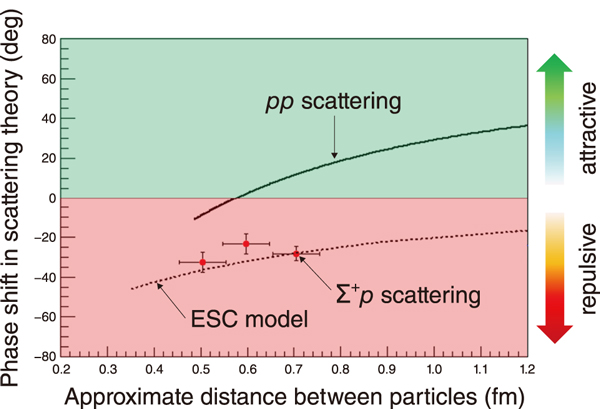
Fig.1 Schematic of the spin-aligned state of a Σ+ particle and a proton

Fig.2 Phase shifts as a function of the distance between particles
The nuclear force−that is, the interaction between nucleons−plays an important role in the formation of nuclei composed of nucleons (protons and neutrons). The nuclear force is attractive when nucleons are relatively far apart and repulsive when they are close enough to overlap with each other. The attractive force, which forms nuclei by binding a large number of nucleons together, are well understood as forces mediated by pi-mesons, as predicted by Dr. Hideki Yukawa. Meanwhile, the origins of the short-range repulsive force (called “repulsive core”), which plays an important role in preventing nuclei from being crushed by their own attractive force remain unclear.
Nucleons are composed of up quarks (u) and down quarks (d). When nucleons are close enough to overlap, the effect of the nucleon being composed of quarks is not negligible. The quark Pauli effect, in which repulsive force works to prevent two quarks from being in exactly the same quantum state, is a candidate for the origin of the repulsive core. The Σ+ particle contains another type of quark called a strange quark (s). The Σ+ particle and nucleons together belong to the baryon family. Fig.1 shows the spin-aligned state of a Σ+ and a proton, which is expected to be predominantly governed by the quark Pauli effect. The strength of the quark Pauli effect can be revealed by examining the repulsion in this state.
A scattering experiment was conducted to investigate the interactions between a Σ+ particle and a proton (Σ+p scattering). Because the lifetime of the Σ+ particles (80 ps) is very short, it is difficult to produce a sufficient number of incident Σ+ particles and to identify the Σ+p scattering events. These difficulties limited the precision achieved in previous studies. We produced an unprecedentedly large amount of Σ+ particles at the J-PARC Hadron Experimental Facility, where a high-intensity proton beam is available, and identified a sufficient number of scattering events by developing a new technique to analyze the recoil protons scattered from a liquid hydrogen target with high precision. Through detailed analysis, we obtained the phase shifts in the scattering theory, which is related to the strength of the repulsion between a Σ+ particle and a proton, as shown in Fig.2. Compared to the phase shifts of proton-proton scattering (pp scattering) representing the nuclear force, a strong repulsive force has been observed between a Σ+ particle and a proton at about 0.6 fm, where the nuclear force changes from an attractive force to a repulsive force. The strong repulsive force between a Σ+ particle and proton tends to strengthen as the particles get closer.
This study shows, for the first time, that at short distances where two baryons overlap, the quark Pauli effect generates a repulsive force several times stronger than the nuclear force. Thus, we clearly demonstrate that the quark Pauli effect is one of the origins of the repulsive core.
This research was conducted in collaboration with Tohoku University, High Energy Accelerator Research Organization (KEK), Kyoto University, and Osaka University. This work was supported by JSPS KAKENHI Grant-in-Aid for Scientific Research (A) (JP18H03693) and Grant-in-Aid for Scientific Research on Innovative Areas (JP18H05403).
(Takuya Nanamura)